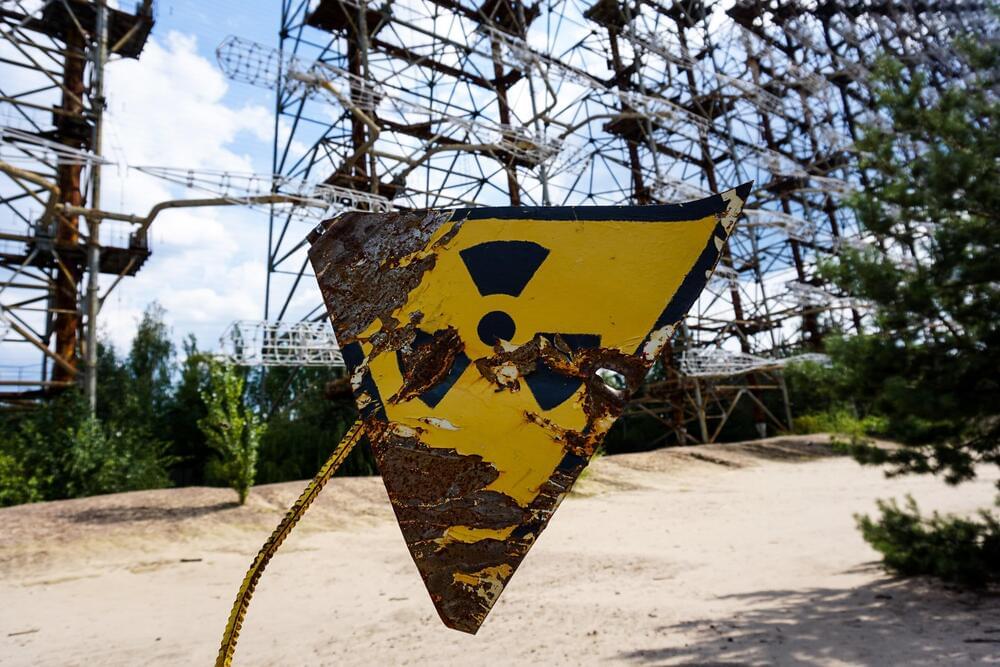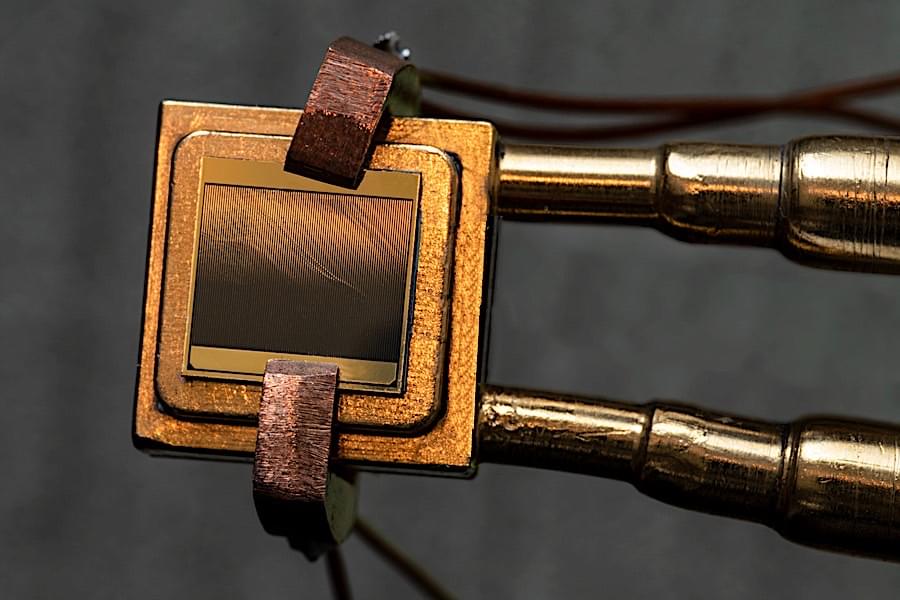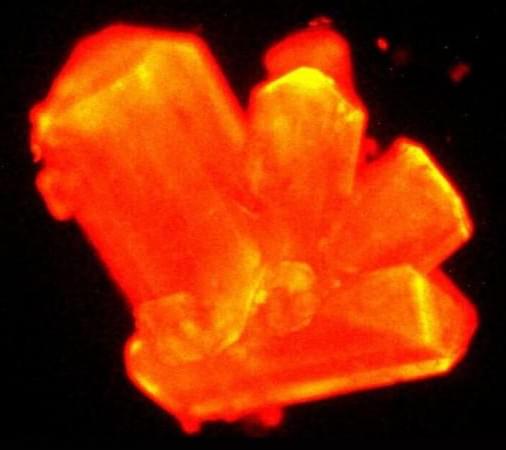Performed by Moxie — the Mars Oxygen In-Situ Resource Utilization Experiment — the strategy definitely incited hope for extraterrestrial survival. Future human missions could take versions of Moxie to Mars instead of carrying oxygen from Earth to sustain them.
But, Moxie is powered by a nuclear battery onboard.
“In the near future, we will see the crewed spaceflight industry developing rapidly,” said Yingfang Yao, a material scientist at Nanjing University.







